Tim’s been bugging me to write a summary post for all you readers wondering what became of us. (Most of us are all the way home now and struggling to catch up on sleep while making an appearance at our “day jobs”.) In short, we accomplished an awful lot and collectively recorded about 250GBs of photos and 30 hours of high def video – which has made it impossible to write a “short summary”. Tim would want me to point out that it hasn’t cost the tax paying citizens of any country a single dime/rand/quid/eyrir.
PART 1: A $400,000,000 $40,000 SURGE
On our last full day we alternated among frantically finishing projects, collecting stuff for the trip home, and seeing more stuff. We’re all a little sad to leave, there’s so much to do, could do. The guesthouse was bursting at the seams, and even though some of the FabFolk were stuffed three to a room, that, in and of itself made it fun. It’s like camp for grown up little geeks.
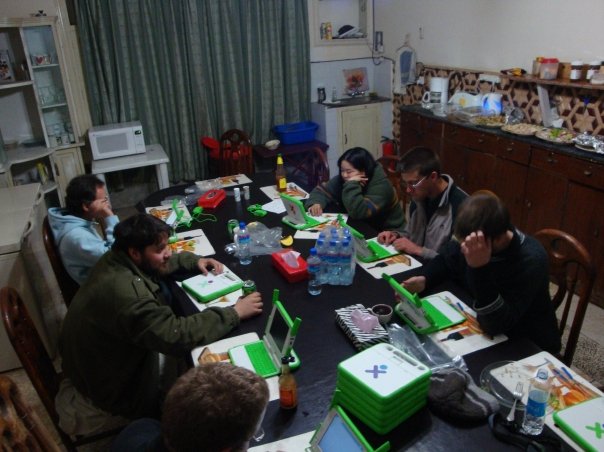
The financial load was pretty hefty for a bunch of unemployed / students. I’m often asked to post our costs but I’ve been resisting for several reasons, the most of which is that I don’t want to seem like we’re complaining about our travel costs. We’d much rather see contributions going directly to FabLab users and infrastructure.
To bring the FabFi and other projects to the state it’s at, we’ve spent a total of about $40,000 where the bulk of that is travel costs across two trips (one in November and one in January).
Materials costs for three links were well under $1000:
- $60 plywood
- $20 chicken wire / screening
- $40 staple gun, staples, gaffers tape, rope, etc.
- $350 network routers (aprox $50 each)
- $40 12V batteries and chargers
- $60 network cables, jacks, crimper tool, etc
- $50 phone sim cards and top-up cards
- $60 wireless web cam (used for signal source when pointing)
- $120 wi-spy (used as spectrum analyzer when pointing)
Average travel costs per person for what has been called the Fab Surge is about $4,000. In an ideal world, these costs would have been reimbursable.
- $180 Afghanistan visa
- $100 travel medical insurance
- $100 travel medicines, vaccines, etc.
- $2,000 – $2,500 Flight from USA to Dubai, return
- $680 flight from Dubai to Kabul, return
- $100 travel from Kabul to Jalalalabad by car
- $630 guesthouse lodging fee (a special shared rate by cramming multiple people into rooms)
- $20-$50 travel to/from home airport
- (There is an additional $150-250 that each person has likely spent on random things to include internet access at Heathrow/Amsterdam/Delhi or postage fees of passports and so on)
In addition, all together we spent about $750 in excess baggage and/or shipping mostly for FabFi and video/photo gear, and we’ve used about $200 in DV tapes.
Additionally, Tim Lynch and Shem Klimiuk from Free Range International haven’t charged us a cent for several weeks worth of armed expat security work as well as rides to and fro. We never would have been able to cover those costs out of our pockets. Fortunately I think we’re a little bit entertaining to Tim and Shem and they kind of like us. But they have to fit us in with their day jobs which hasn’t been the most convenient for either side.
Perhaps the biggest cost that’s difficult to put a value on is the unpaid time. For some of us, our employers or universities did not want the liability of their student/staff in Afghanistan so we all had to quit and go on unpaid leave. For others, they were unemployed but could have been employed in the time they spent preparing for the trip (for example, Keith put in a solid 2 months of 100-hour weeks rather than, you know, working for pay.) That’s impossible to really put a price on.
One of the reasons we were so productive is because we’re individually experienced at what we do. You can’t throw newbies out into the field with no mentoring and expect them to do anything that doesn’t read like Lord of the Flies… and that’s if you’re lucky and they do anything at all. And not to pat myself on the back too much, but just as important is to put together a complementary team focused on a well defined set of goals.
Which is the biggest lesson I desperately hope someones out there learns. Never before in history has there been a significantly large population of educated, skilled, experienced, young talent with a semi-disposable income willing and eager to do professional work for little or no pay and even some that will spend their own funds. You have to provide a minimum infrastructure for them to come, and help offset some of the costs they just couldn’t bear. You have to rally them around an idea, spin a coherent vision and place them and their contributions squarely in focus. They won’t accept a mission that doesn’t make sense or isn’t technically or socially viable – and they’re more than competent to develop rational opinions that will need to be vetted and addressed. They will walk away from half-baked plans so you better be ready with supporting data for your claims; but once they buy into the vision they will autonomously meet mission with focus and intensity. It costs much less in dollars than you think.
Those few of us that have come to Afghanistan over the last few months represent a small part of the larger Fab Folk community. We are from many different nationalities and ancestries. Most of us have technical or professional degrees and advanced degrees. All of us have worked in the real world. We are generally between 25-35 years old, male and female.

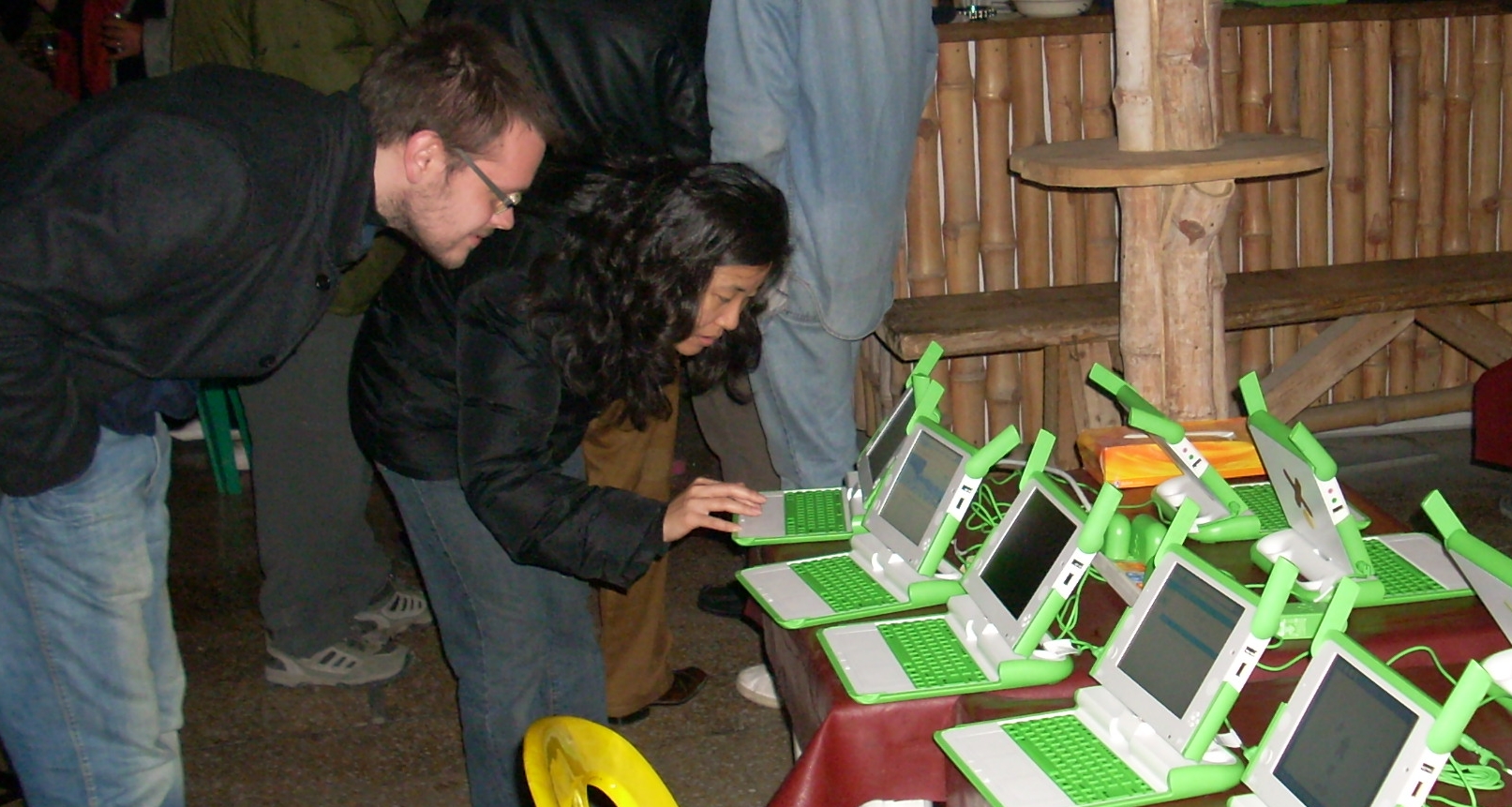
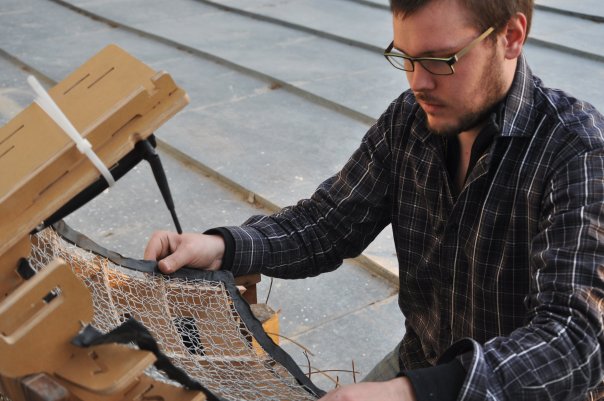
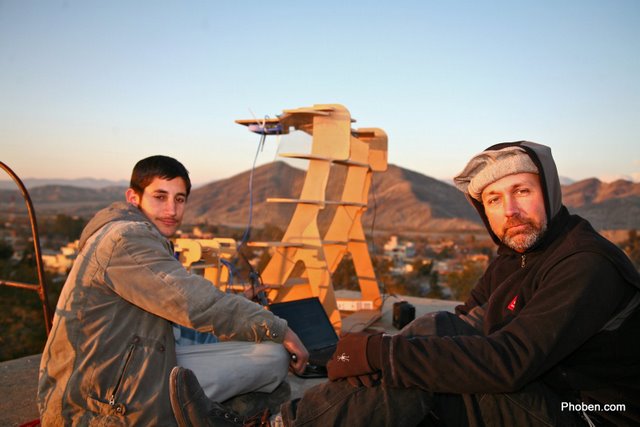
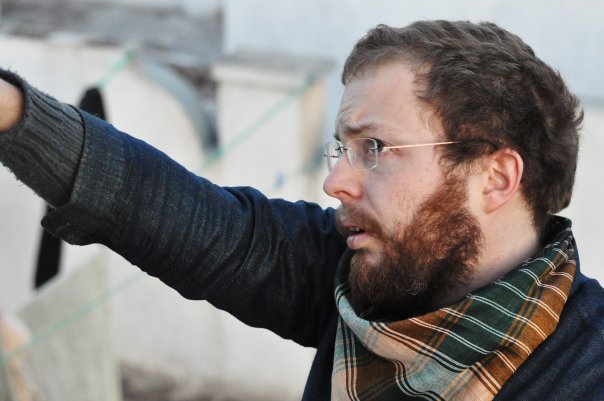



The FabLabs all over the globe are magnets for us, offering technological infrastructure nearly as good as (and often better than) what we have available at home. We’re big-brained bugs flitting about bright pinpricks of light we don’t need lush hotels, gourmet cooks, or shiny cars. Most of us don’t even have TVs at home. More and more of us are coming of age every day, seeking and searching for light.
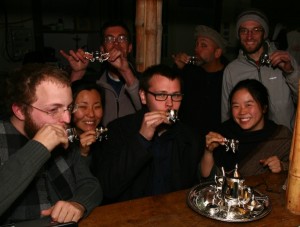

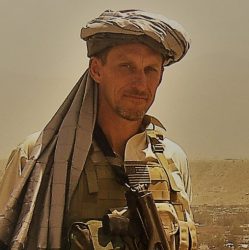

awesome.. very awesome ! go fabfolks !
The Thunder Run has linked to this post in the blog post From the Front: 02/05/2009 News and Personal dispatches from the front and the home front.
great work! extraordinary folks!
What an extrordinray and wonderful prjoect this was and is. Thanks for the update Amy and Tim.
this is a cool site DAD hope to hear from you soon and have you home soon
inshallah
this is a cool site and i will watch for you on the streets of kabul and jalaba
inshallah